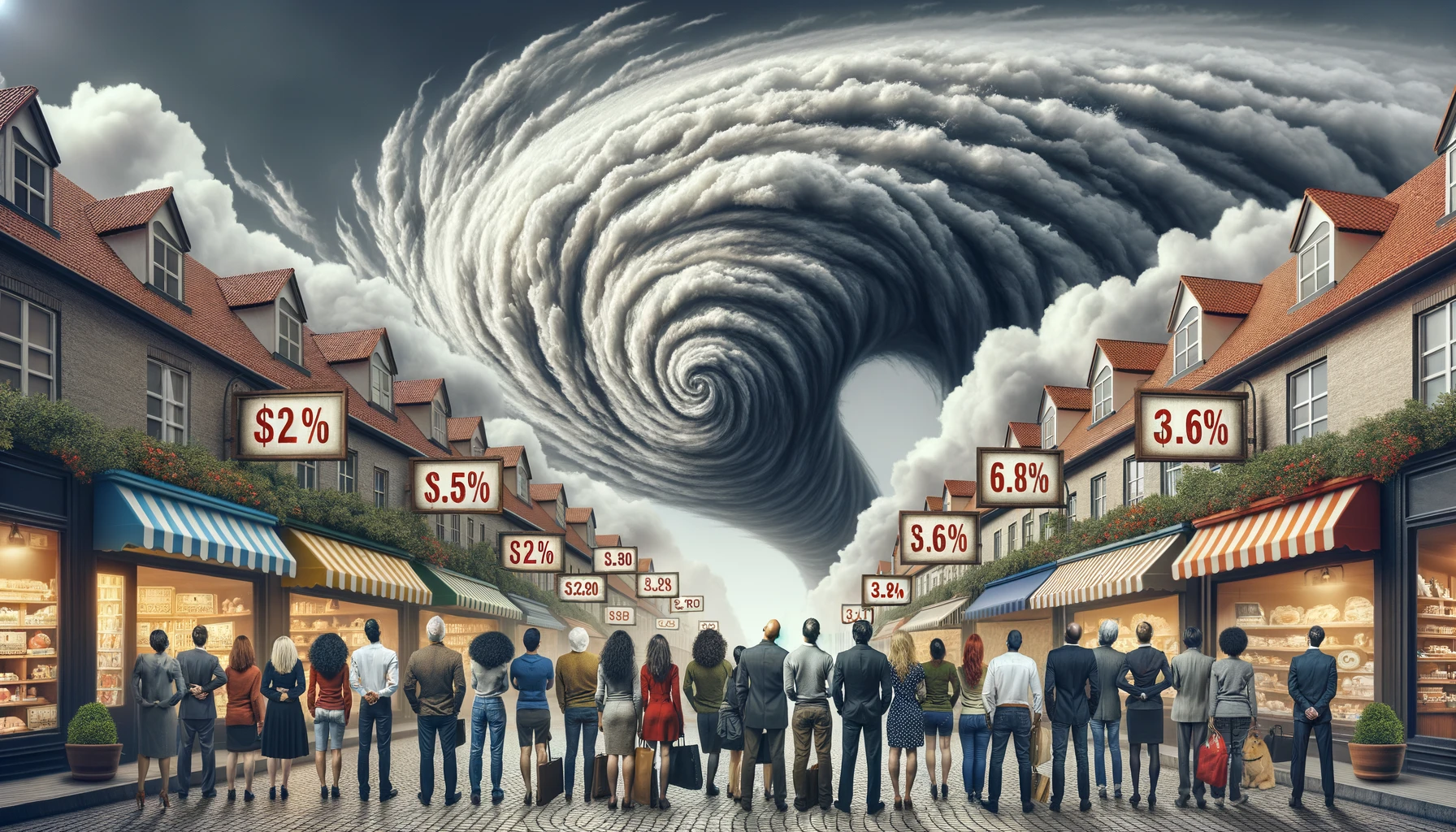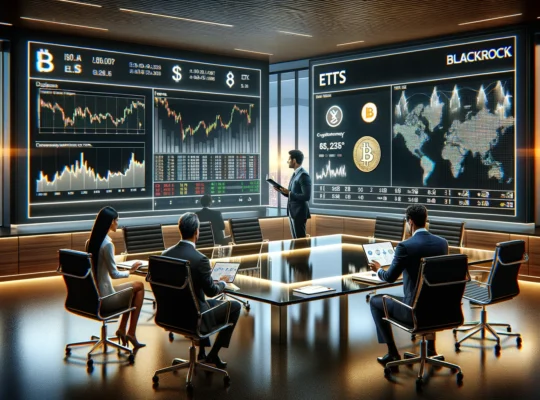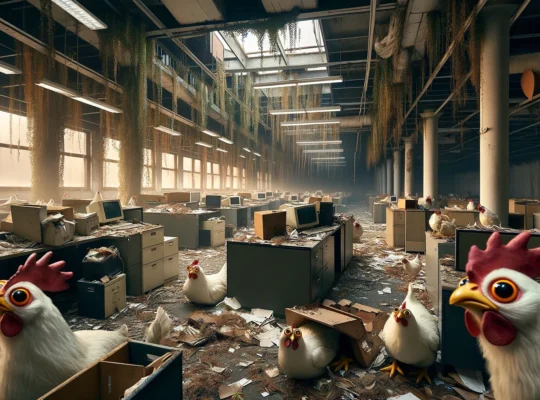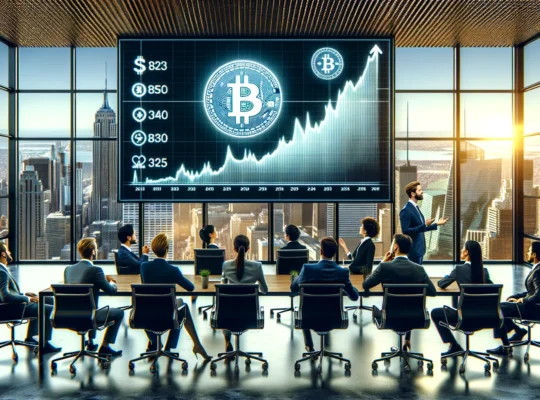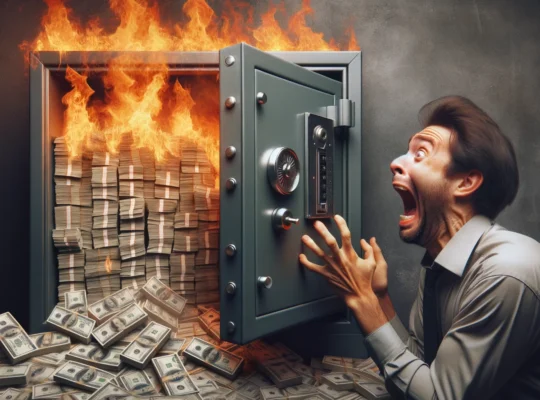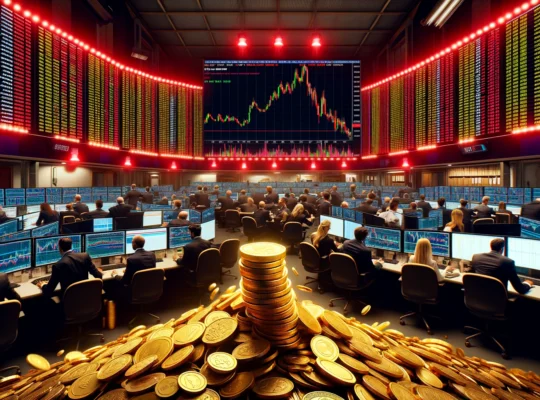Inflation, the rate at which the general level of prices for goods and services rises and, subsequently, purchasing power erodes, is an economic phenomenon with both benign and malign implications. But why does inflation exist? And why do some government policies seem to exacerbate it?
The Roots of Inflation
Inflation can stem from a variety of sources:
1. Demand-pull inflation: This occurs when demand for goods and services exceeds their supply. It can be caused by increased consumer spending due to lower interest rates, increased government spending, etc.
2. Cost-push inflation: When the costs to produce goods and services increase (due to rising wages, import prices, or scarcity of natural resources), producers might pass these costs on to consumers in the form of higher prices.
3. Built-in inflation: This is also called wage-price inflation and occurs when workers demand higher wages and, if they get those higher wages, companies then raise their prices to cover the higher wage costs.
Central Banks and Monetary Policy
Central banks, like the Federal Reserve in the U.S., have the responsibility of controlling inflation. They do this primarily by manipulating interest rates. When they foresee inflation rising above their target level, they might increase interest rates to curb spending and borrowing.
Why Can’t We Just Avoid Inflation?
Mild inflation is considered normal in growing economies. It’s an indicator of a healthy, expanding economy. In fact, deflation (when prices decrease) can be problematic, leading to reduced consumer spending as people wait for prices to fall further.
When Governments Make It Worse
Sometimes, government policies inadvertently exacerbate inflation:
1. Excessive Money Printing: Governments can finance their spending by printing more money. However, increasing the money supply without a corresponding increase in goods and services can lead to inflation.
2. Poor Fiscal Policies: Large government deficits can lead to inflation. When governments spend more than they earn, they might borrow or print money, both of which can lead to inflation.
3. Supply-side Shocks: Governments sometimes make decisions that can disrupt supply chains, such as imposing tariffs or other trade barriers.
4. Mismanagement of Expectations: Inflation is also about expectations. If people expect prices to rise, they are more likely to demand higher wages, leading to an inflationary cycle.
Tackling Inflation
Managing inflation requires a balanced approach:
1. Monetary Policy: Central banks need to be vigilant and adjust monetary policy in response to rising inflation.
2. Fiscal Responsibility: Governments should aim for balanced budgets over the economic cycle and avoid excessive debt.
3. Supply Chain Management: By ensuring smooth supply chains, governments can help prevent cost-push inflation.
4. Regulation and Oversight: Monitoring sectors that are prone to price increases (like real estate or essential commodities) can help in timely interventions.
Conclusion
Inflation is a multifaceted economic phenomenon that cannot be entirely avoided. However, with prudent policies and proactive management, governments can ensure that it remains within acceptable limits, preserving the purchasing power of their citizens and maintaining economic stability.





